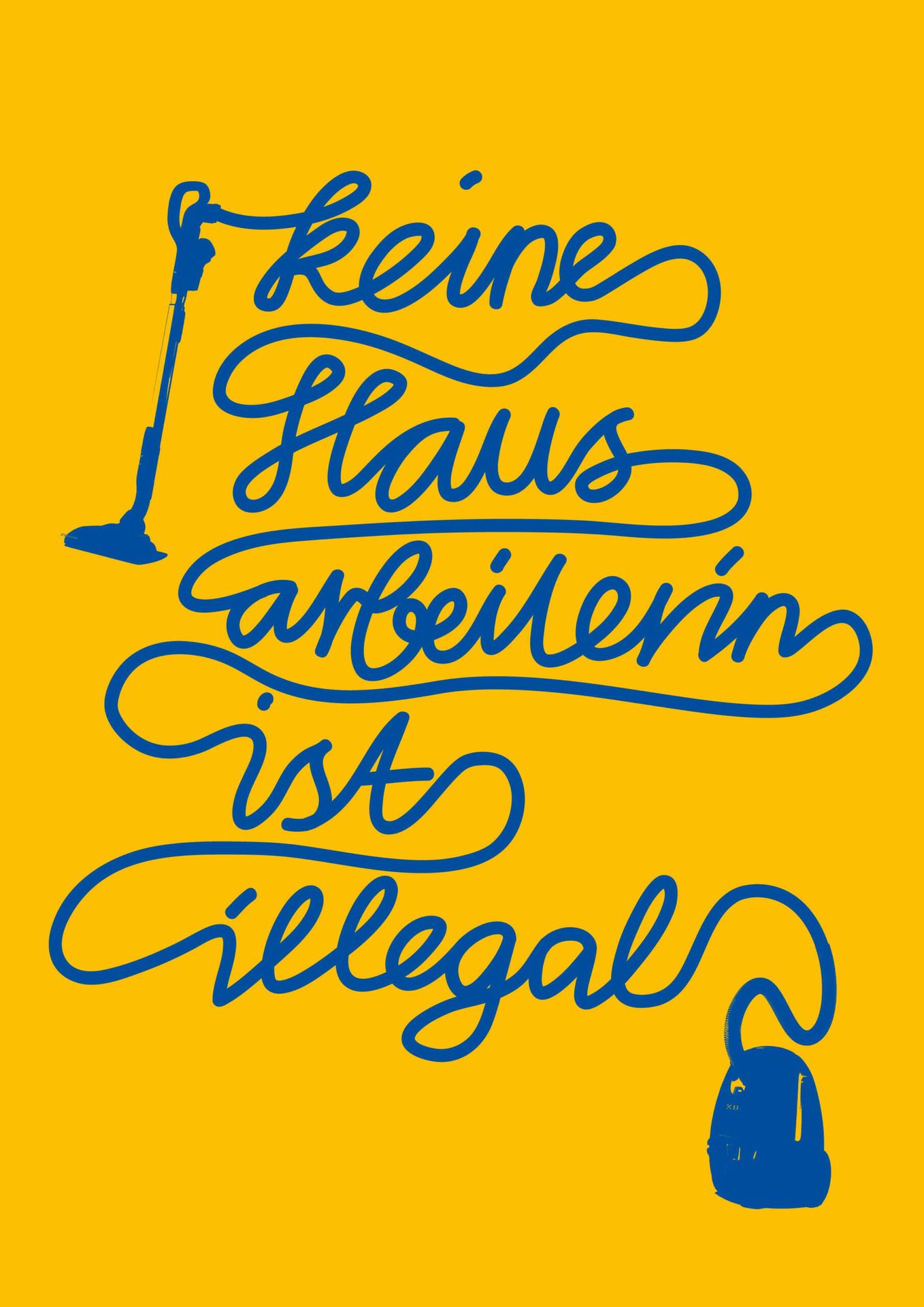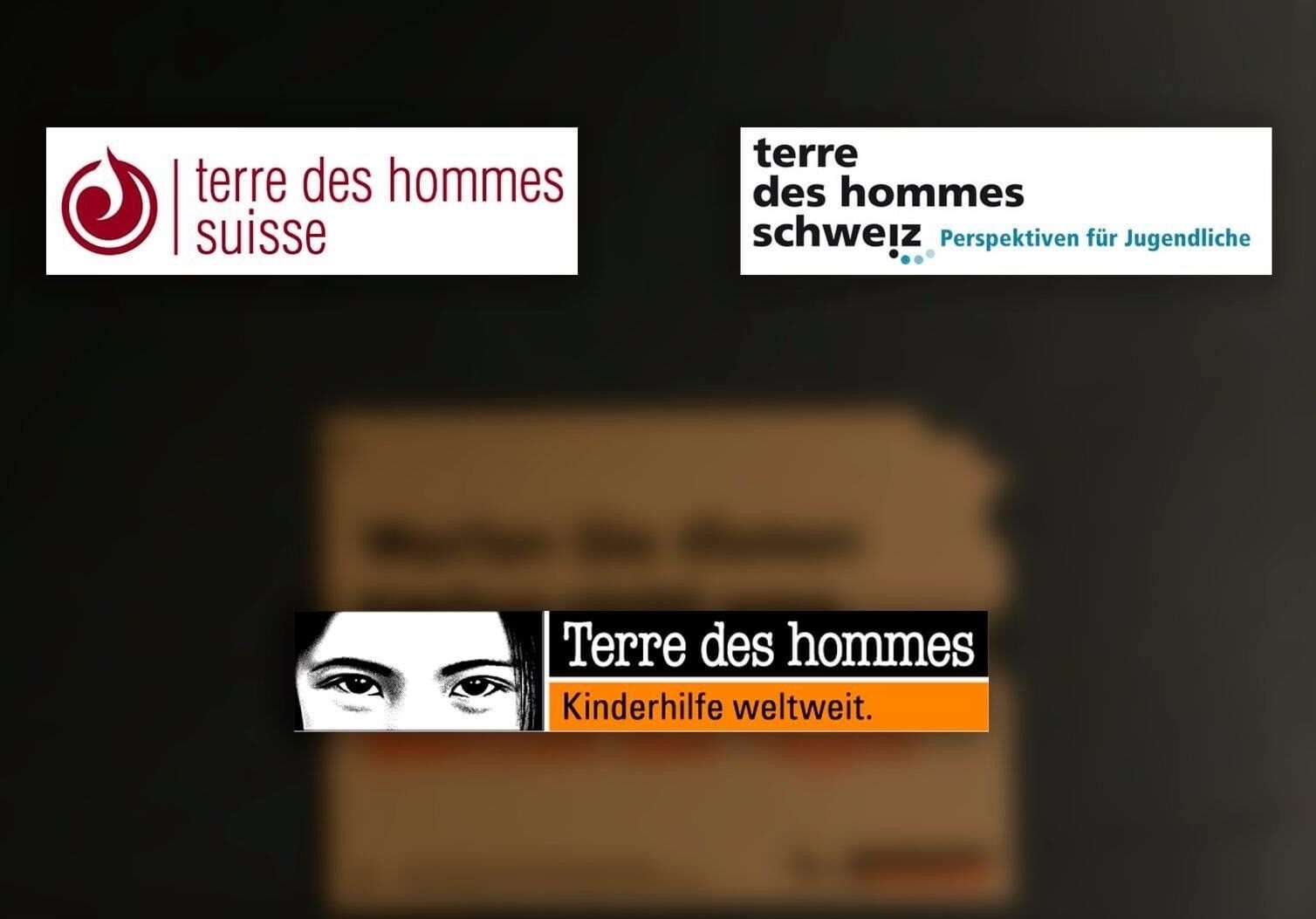Making the work of domestic workers without regular residence status visible and giving them a face in a working world that is largely in the shadows: This was the aim of the initiators of the “No domestic worker is illegal” campaign supported by terre des hommes schweiz with a picture and video competition. The winners have now been chosen.
A blue vacuum cleaner on a golden background whose cable proclaims in continuous writing: “No domestic worker is illegal.” The image is of captivating simplicity, the vacuum cleaner makes the reference to housework without much fuss, without a domestic worker being staged or exhibited. The “Vacuum cleaner” poster by graphic designer Christoph Stettler from the stettlerbros.pictures studio won first prize in the image and video competition of the No domestic worker is illegal campaign. With the clip “coup de crayon”, Christoph Maridor and his team from Vaud won first prize in the video category.
Precarious working conditions
More than 40,000 women without a residence permit clean and work in Swiss households every day. They contribute to the prosperity and quality of life of the Swiss population. However, their situation is characterized by precarious working conditions and a lack of social security. They also live in constant fear of being discovered and of sudden deportation from Switzerland.
Making the invisible visible
Last year, 30 Swiss organizations joined forces to sustainably improve their working and living conditions terre des hommes schweiz is one of them. The “No domestic worker is illegal” campaign launched in March wanted to give a face to this booming sector, which is hardly noticed. The initiators therefore invited people to take part in a picture and video competition: They were looking for works that dealt with the living and working conditions of domestic workers without regular residence status.
Touring exhibition planned
A touring exhibition through the most important Swiss cities is currently being planned where the award-winning works will be presented to the public. In addition, some of the selected works submitted will be used for the campaign’s public relations and lobbying work (posters, postcards, Internet, press, cinema, TV).



